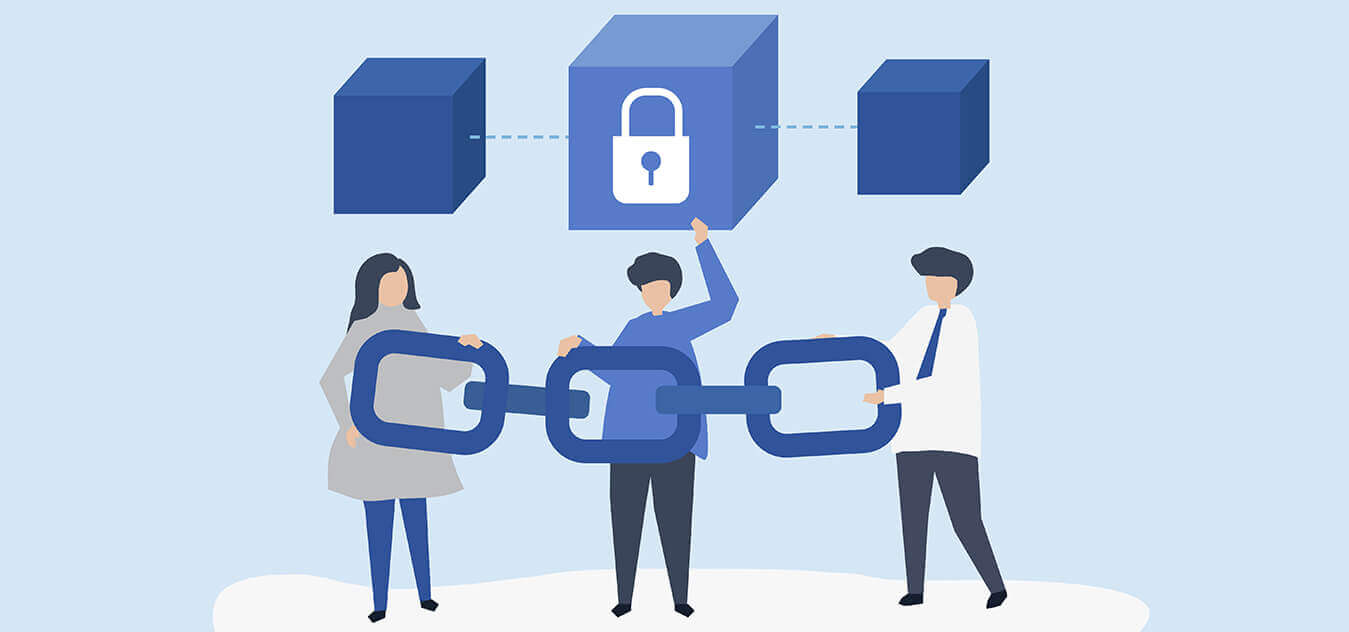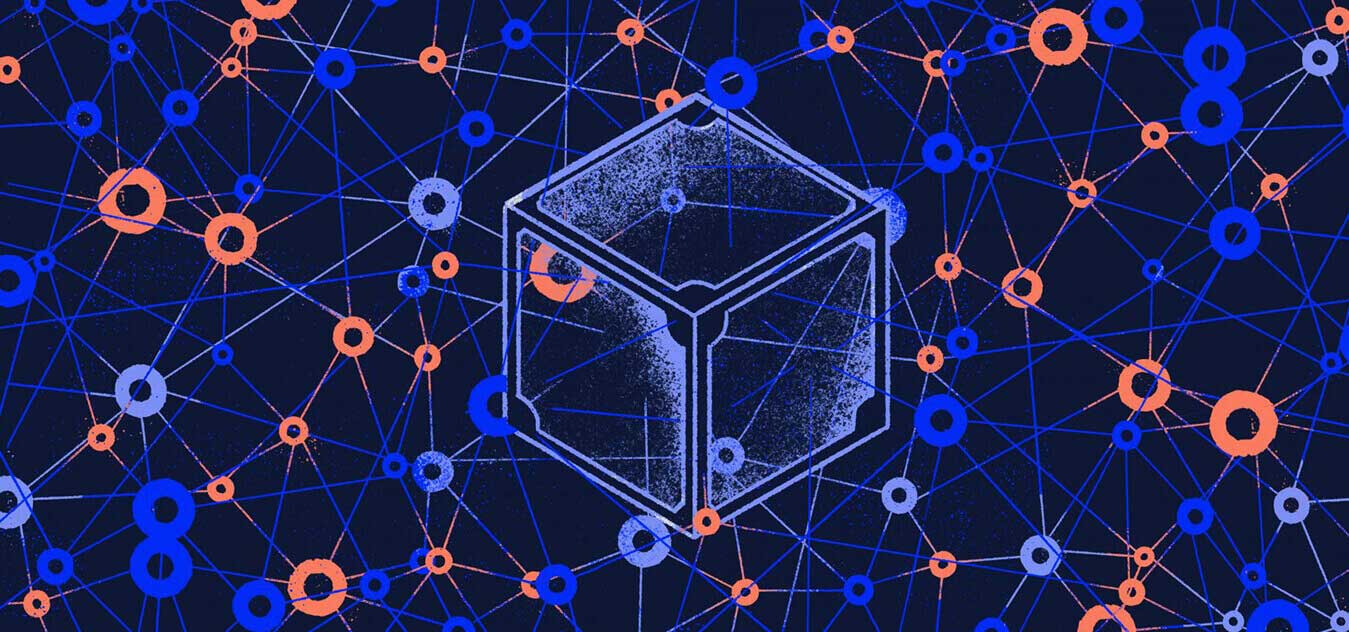What is Onomy Protocol? - PerfectionGeeks
Fiat currency has been a popular method to transfer value. However, during the digital revolution, they are becoming obsolete. Moving money in fiat currency across borders can be difficult and costly. Furthermore, they cannot quickly connect to blockchain-based protocols and are not as transparent when providing.
Onomy Protocol can be created to connect the worlds of stablecoin and fiat with a range of blockchain-based products, such as the stablecoin issuing protocols, The native blockchain system, and Decentralized Exchange (DEX) as the cross-chain bridge and the wallet application.
What's the Onomy Protocol?
Onomy Protocol creates an inter-chain DEX that exchanges the traditional financial system and decentralized financial (DeFi).
The platform aims to end the dependency forming around the Ethereum DeFi ecosystem by allowing users of all significant chains with intelligent contracts to access the same portfolio of resources.
This means that Onomy will soon be able to offer genuinely integrated on-ramps to DeFi on all Blockchains shifting away from the current narrow-minded approach to ensure that both business and home users can increase liquidity in their assets without worrying about the individual chains having to.
By constructing an interface between Forex or CeFi and DeFi, Onomy hopes to gain access to the value of $ 6.6 trillion per day in the forex trading industry, expanding the availability of liquidity on the DeFi market while also providing a plan for getting started. People want to be exposed to digital assets with no risk of volatility. Additionally, Onomy is developing a custom bridging hub that allows users to transfer assets seamlessly between the supported chains.
What's the Token Onomy Protocol (NOM)?
It is the platform's default utility token, and its governance symbol NOM, which Onomy uses for many functions, including it can also be employed for administrative use.
Who was the person who created the Onomy Protocol (NOM)?
Onomy was established in December of 2020 with Lalo Bazzi and Charles Dusek. Bazzi was a former employee for Fidelity Investments and a former consultant for Microsoft cloud solutions, with more than four years of expertise in blockchain. On the other side, Dusek is an accomplished engineer with more than 10 years of expertise in energy finance, private Equity, machine-learning, and consensus and security systems. Together, they design mining hardware, utilize ASIC chips, and develop an international plan of partners in infrastructure.
Team Onomy currently has more than 20 employees. These include designers, developers, researchers and marketing specialists.
What is the way that theonomy's protocol work?
Onomy Protocol's app-specific blockchain is based on Cosmos. Cosmos is widely regarded as one of the most sophisticated blockchain platforms currently available that has 100 times the effectiveness of Ethereum and high throughput and an active inter blockchain communications protocol (IBC).
NOM Utility & Distribution
The utility token NOM will serve as a critical component of the Onomy ecosystem. It functions as collateral for the production of decentralized stablecoins and is required by validators to deposit or delegate NOM to safeguard the network and receive benefits. Additionally, NOM also unlocks governance rights in Onomy DAO. Onomy DAO, allowing those associated with the network to decide and guide the future directions of the protocol as it evolves.
Onomy Protocol is launching within the next few months. The first products include Onomy Network, the ONET Mainnet Onomy Access Wallet, Onomy Bridge, and Bonding Curve, followed by Onomy Exchange, Onomy Reserve, and many more shortly. The protocol has completed its first testnet and has the second one scheduled for the near-term time.
The Bonding Curve Offering is an Ethereum-based AMM contract and interface that will control how NOM is distributed to the market. In contrast to IDOs and other distribution models for tokens, BCOs provide deterministic pricing and instant liquidity and market collateralization because tokens are created only after they are bought and bridged.
The greater the amount of NOM purchased in the exchange, the more the cost and the BCO end with 1 NOM equal to 1ETH. This method avoids the issue of established fixed prices without considering the market and creates adequate liquidity without a mass dump of supply onto the market. Selling NOM directly to BCO is feasible; however, users could also benefit from the substantial utility by connecting NOM into the Onomy Network. This is the Onomy Network-based NOM that is useful within its ecosystem. It will appear on both centralized as well as decentralized exchanges.
Denominations - What is it?
The platform has simple rails that allow fiat to be introduced into the world of crypto through the stablecoins backed by crypto, commonly referred to as denominations (or demons). These coins are created by Onomy Reserve (ORES). Onomy Reserve (ORES) is used to make transactions, loans, and payments. Additionally, Denoms can freely enter and leave into the Onomy ecosystem, opening entirely new possibilities in the financial sector as we know it today.
Denoms can be tied based on the primary money, e.g., Euro (EUR), US Dollar (USD), British Pound (GBP), Japanese Yen (YEN) ... This is the first instance that there is just one security, NOM, that is able for the minting of stablecoins that are linked to a variety of fiat currencies in one.
To ensure denominators remain stable, Onomy uses control mechanisms like providing a secure minimum rate and employing reserve ratios to increase or decrease the currency until it reaches its face value using the appropriate money.
Denoms can be traded via the Onomy Exchange (ONEX) and numerous other cryptocurrency assets and the utility token on the platform, NOM. They're also being transferred across chains, as the Onomy Bridge connects several of the most known blockchain networks like Cosmos, Ethereum, Avalanche, Cardano, and others.
Onomy has developed a new technology known as "Natural Rights." This technology uses proxy re-encoding to simplify private keys to be managed using authorized devices. It also lets single sign-on using QR codes when working on multiple keys. Through Natural Rights, users have complete control of their belongings and don't have the hassle of managing various wallets on each chain, which significantly enhances the user experience.
Onomy Reserve (ORES) and Onomy Exchange (ONEX) work within the Onomy Network (ONET). ONET is utilized to process transactions. This means that the process for transferring value is swift, secure and, most importantly, irreversible.
Although ONET is being designed with Tendermint in its mind, Onomy will later introduce EquityEquity. This Byzantine consensus protocol is fault-tolerant and ensures the proper order of all transactions on the network, eliminating the delay and simultaneously permitting the web to handle high-frequency trading. ONET can be described as a system that consists of secure authenticators. Each validator has to join a certain amount of NOM directly or through a trust to join the consensus network. In addition, validators and shakers of NOM are animated to provide an incentive to increase inflation.
Timetable
As of August 20, 2021, Onomy is beginning to develop its plan. The current timeline (as detailed in) the Onomy lite document) declares that the first versions of these products will be released before the final quarter of 2021.
- • Mainnet From Onomy Network
- • Onomy Bonding Curve Platform
- • Onomy exchange
- • Onomy wallet
- • Onomy Bridge Hub
Onomy will also be conducting public token sales of NOM utilizing the unique Bonding Curve Offering (BCO) with a valid smart contract deployed in Ethereum. Ethereum chain. Contrary to traditional token sale methods, BCO works as an Automated Market Maker (AMM) contract that can automate the process of supply and pricing and offers an established liquid price. But the exact date of the contract isn't yet determined.
What is it that makes Onomy Protocol Unique? Onomy Protocol Unique?
Onomy aims to have all the currencies around the world within the Onomy chain. As evidenced by the rise in USD stablecoins over 100 billion dollars between August 2020 to August 2021, the transition from traditional financing to decentralized funds is not just inevitable, and it is likely to happen. This presents an opportunity to extend over just the US dollar and include more traditional exchanges for foreign currency to this chain. Additionally, interoperability among the significant blockchain economies must be a prerequisite for achieving global financial inclusion and opening up global liquidity to the new economics model.
To achieve this, Onomy includes many unique features designed to improve The DeFi experience, boost liquidity, and motivate attendees. One of the most distinctive features of Onomy have:
Stablecoin denominations
Onomy introduces a brand-new kind of stablecoin, called denoms. They utilize the most effective components of fiat currency (value and stability recognition) and the enhanced functionality that digital currencies offer (crypto-safe and tamper-proof. They are entirely free). Border).
In simple terms, Denoms provides a more efficient means to trade various stablecoins while opening new payment lines in the growing DeFi industry.
Agnosticism of strings
Onomy uses the latest technology to offer users the same experience, regardless of their selected blockchain. It ensures that users can utilize Anomy's native chain while operating and trading the liquidity of different blockchains, resulting in an optimal user experience for ONEX users.
Combined DEX
The DEX that has been further designed to work with Onomy Exchange uses a model that integrates both the order book and AMM functions. It also unlocks unavailable options for traditional central exchanges like stop-loss orders, limit orders, and advanced charting. Furthermore, the business of onomy will allow cross-chain trading of stablecoins, NOM tokens, other cryptocurrencies.
Only register once
Managing private keys and decentralized applications (DApps) for several blockchains is a challenge. Users typically have to work several wallets, and they must be careful about when and how they sign into. Many different applications. Onomy overcomes this problem by providing a safe single sign-on method for managing private keys, known as Natural Rights. Users can thus utilize QR to sign in to addresses across several blockchains.
Mark out
A decentralized validation network ensures the integrity of the PoS blockchain, which is based through Onomys Cosmos. They are urged to behave truthfully by a NOM reward system and penalized when they do not fulfil their obligations.
Additionally, users can participate in the authenticating process by delegating their NOMs to a validator as an incentive. Additionally, staking mechanisms are in place for both NOM and denom tokens.
DAO administration
The NOM holders manage the onomy protocol in an autonomous decentralized organization (DAO). Therefore, they can make their own decisions and make essential decisions that aid in the growth of the onomy ecosystem by initiating and approving governance plans.
if you are looking for blockchain services and solutions with Onomy Protocol. Connect with us to discuss your business requirements.
































